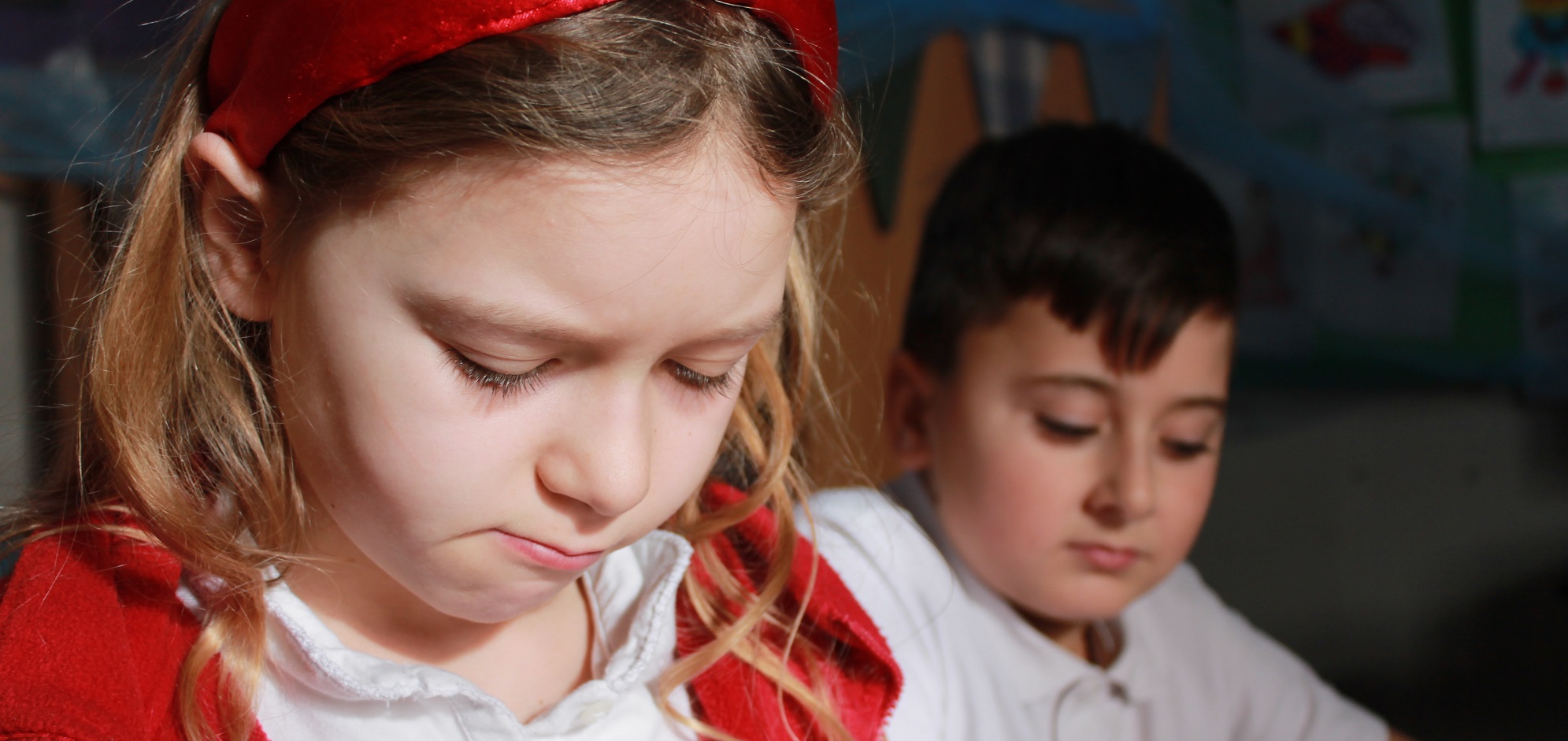Computing
At Whitstable Junior School, our computing curriculum aims to equip children with the essential digital literacy and computational thinking skills necessary to thrive in an increasingly interconnected world. By fostering a culture of curiosity, creativity, and problem-solving, we empower children to become confident, critical, and responsible digital citizens. Through engaging and age-appropriate learning experiences, we develop children’s ability to understand and change the world through technology. Our curriculum emphasizes safety, kindness, and responsibility, preparing pupils to make informed decisions and act ethically online. By laying strong foundations in computing today, we equip our children for success and fulfilment in their future.
Our Aims follow the National Curriculum which aims to ensure that all pupils:
-
can understand and apply the fundamental principles and concepts of computer science, including abstraction, logic, algorithms, and data representation
-
can analyse problems in computational terms, and have repeated practical experience of writing computer programs to solve such problems
-
can evaluate and apply information technology, including new or unfamiliar technologies, analytically to solve problems
-
are responsible, competent, confident, and creative users of information and communication technology
These are taught through units, which are based on a spiral curriculum. This means that each of the themes is revisited regularly (at least once in each year group), and pupils revisit each theme through a new unit that consolidates and builds on prior learning within that theme. This style of curriculum design reduces the amount of knowledge lost through forgetting, as topics are revisited yearly. It also ensures that connections are made even if different teachers are teaching the units within a theme in consecutive years.
Online safety
The unit overviews for each unit show the links between the content of the lessons and the national curriculum and Education for a Connected World framework (ncce.io/ efacw). These references have been provided to show where aspects relating to online safety, or digital citizenship, are covered within each unit. Not all the objectives in the Education for a Connected World framework are covered in the Teach Computing curriculum as some are better suited to personal, social, health, and economic (PSHE) education; spiritual, moral, social, and cultural (SMSC) development; and citizenship. However, the coverage required for the computing national curriculum is provided.
Links to the wider curriculum
Our computing curriculum is designed to foster interdisciplinary learning, ensuring that each unit seamlessly integrates with other subject areas. By making explicit connections, we enrich pupils’ understanding and provide opportunities for deeper learning.
Key areas of connection include:
Mathematics: Computing units frequently involve data analysis, algorithms, and problem-solving, reinforcing mathematical concepts such as number, shape, measure, and statistics.
English: Developing computational thinking and programming skills requires strong communication and literacy skills. Pupils engage in reading, writing, and speaking to understand and express computational ideas.
Science: Computing is essential for scientific inquiry and data analysis. Units often involve collecting, analyzing, and presenting data, and understanding digital technologies used in scientific investigations.
History: Exploring the history of computing provides opportunities to link with historical events, people, and societies. Pupils can investigate the impact of technology on different cultures and time periods.
Geography: Geographic Information Systems (GIS) and mapping software are used to explore spatial data and solve geographical problems. Computing units can enhance understanding of geographical patterns and relationships.
Design and Technology: Computing skills are fundamental to the design process. Pupils can use digital tools to model, prototype, and evaluate their designs.
Art and Design: Computational creativity is encouraged through digital art tools and programming. Pupils can explore digital media and develop their artistic skills.
Music: Music technology and digital composition offer opportunities to compose, perform, and appreciate music in new ways. Computing can enhance musical understanding and creativity.
By embedding computing across the curriculum, we aim to develop well-rounded individuals who are equipped with the skills to succeed in a digital age.
Formative assessment
Every lesson includes formative assessment opportunities for teachers to use. These opportunities are listed in the lesson plan and are included to ensure that misconceptions are recognised and addressed if they occur. They vary from teacher observation or questioning, to marked activities. The learning objectives and success criteria are introduced in the slides at the beginning of every lesson. At the end of every lesson, pupils are invited to assess how well they feel they have met the learning objectives using thumbs up, thumbs down, or thumbs sideways. This gives pupils a reminder of the covered content and a chance to reflect. It is also a chance for teachers to see how confident the class is feeling so that they can make changes to subsequent lessons accordingly.
Summative assessment
Every unit includes an optional summative assessment framework in the form of either a multiple-choice quiz (MCQ) or a rubric. All units are designed to cover both skills and concepts from across the national computing curriculum. Units that focus more on conceptual development include a MCQ. Units that focus more on skills development end with a project and include a rubric. However, within the ‘Programming’ units, the assessment framework (MCQ or rubric) has been selected on a best fit basis.











